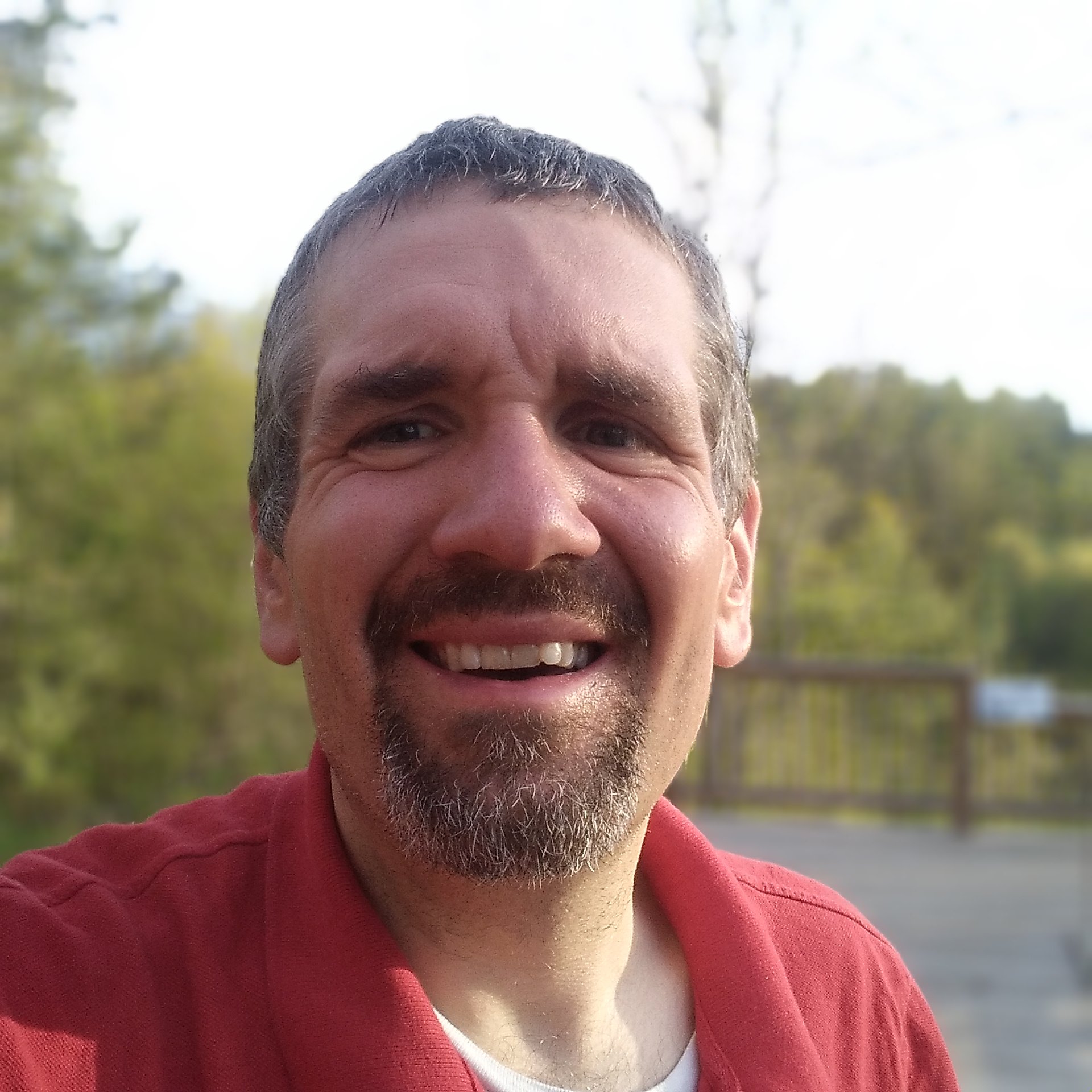Looking Up At The Taconic Ridge
NY 2 winds and winds with it's broken surface up and over the Taconic Crest outside of Petersburgh, passing this neatly panited rural homestead.
Taken on Thursday April 30, 2020 at Taconics.
NY 2 winds and winds with it's broken surface up and over the Taconic Crest outside of Petersburgh, passing this neatly panited rural homestead.
Taken on Thursday April 30, 2020 at Taconics.Living near a superhighway can be convenient, but it's also can be unhealthy. Noise pollution and air emissions can lead to a shorter lifespan. The greatest impacts of highway pollution are felt by people who live, work, or recreate within 1,000 feet of a limited-access road.
Data Source: Open Street Map, Motorway and Motorway_Links, with a 1,000 feet buffer.
Lately there has been a meme on social media attacking the suburbanite lawn, the vast space of empty green, manicured and cut to a perfect height, fertilized and sprayed to ensure no weeds or unwanted grasses.
You can be critical for good reason to the suburban, chemically treated lawn – especially those who put so much care into it they don’t want people to even walk on it. Lawns – even with robust grasses like fescue – are pretty delicate, they turn brown due to a lack of rain and quickly can become mud and worn if they are repeatedly walked across by people, animals or livestock.
But I do see benefits to having a small, largely natural lawn too. For one, grasses and their roots tie down the dirt and mud so your not tracking it all indoors. If you have land that isn’t productive – it’s buffer space than you don’t want to be a nuisance.
Buffer space is important. Setting your house back from trees means less likely for storm damage when a branch comes down. Being back from the road means less noise from passing cars and noxious fumes. It provides a defensible space during wild fire. Livestock like pigs have odors, cows and roosters are noisy. For both reasons of noxious odor and fire safety, you don’t want your trash burner near your house. Hay, cows and campfire don’t smell that bad but burnt plastic, hog manure and fermented grain aren’t exactly wonderful smells to be drifting in your window whole eating dinner.
Buffer space is important. But every foot of grass you have for buffer could be forage or forest producing useful agricultural or forest products. It’s a trade-off but can be made reasonably well if buffer is limited and it’s largely natural with common grasses and weeds, while surrounded by natural forests, local plants and cleared of invasive species.
I always hate this merge going across the Patroon Island Bridge.
Taken on Friday May 1, 2020 at Albany, NY.